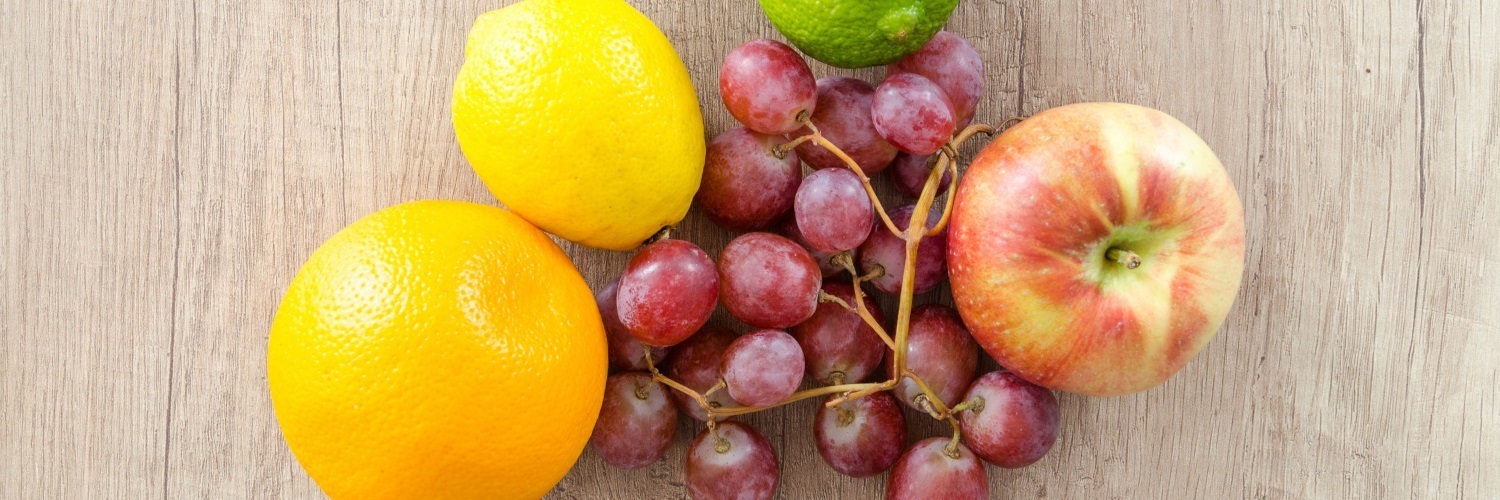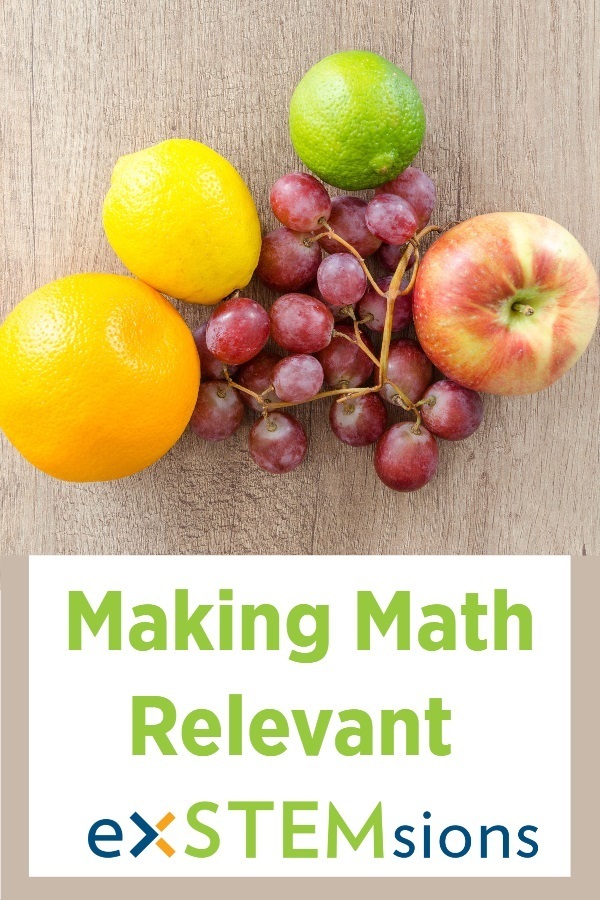Making Math Relevant

Relevance matters
Math is the subject where learners (in my experience at least) are most likely to ask, “Why does this matter?” or “Why do I need to learn this?” One of the things we’re striving to do in the problems we present is to help learners connect to math, and see its value in their lives. As with all things in life, accomplishing this is not always so easy. Since we strongly believe that math is about way more than finding the answer to a problem, sometimes the biggest reason a problem matters is because it’s teaching important critical thinking skills (like identifying patterns, clearly understanding given information, making generalizations, evaluating and creating arguments, and so on). But there are other cases where the applications and the relevance of the problem, why it matters, just scream right out at you because it’s easy to see where they would actually matter in real life. These cases are valuable to highlight, because they help learners to really see math in their own lives.
This week’s problem is one where, I think, the relevance is pretty easy to see. Here’s the problem:
In a supermarket, resting on a wooden palette, are 100 pounds of grapes. These grapes are 99% water. As they sit there, they dry out; that is, the water inside of them begins to evaporate. The water evaporates to the point where the grapes become only 98% water.
Question: how much do the grapes now weigh?
Finding relevance in the math around us
You’re thinking, so, what’s relevant about that to my life? My answer is to ask: you go to the grocery store, right? Well, then this actually has an impact on you. My dad ran the operations for a company that created food products for a number of years, and one of the things he constantly paid attention to was weight. More specifically, he paid attention to the cost of transporting perishable food from here to there, and this was almost entirely dependent on the weight of what was being moved. The cost that he calculated was based on fuel prices, driver payments, truck maintenance, travel distance, time of year, and a million other factors, many of which change all the time.

So you may STILL be thinking, “...and, so what?” It’s coming, I promise! Here’s the thing. The cost my dad calculated, related to the weight of what they were moving in and out of the warehouses to be sold in grocery stores, dictated the price that was charged. The cost of moving food from a warehouse to a grocery store is paid by the consumer, by you and me. Knowing this, this problem made me think of ALL kinds of questions, related to what my groceries cost (and fruit in particular since we eat a lot of fruit in this house). I wonder how companies that transport fruit might use the answer we found to this question. We know that when the grapes become 98% water, they weigh considerably less. And yet that’s only 1% less water. So, do the transport companies let some of the water evaporate before they move their fruit? If it could cause a significant saving in transportation costs, how much water would they let evaporate before the quality of the fruit is so compromised it can’t be sold in the store? Is this part of the reason why fruit that we get in the summer, from local farms and farm stands, or from our own garden, is just that much better? What other factors related to weight, or even besides weight, go into deciding when and how to ship produce to a grocery store, and how much do those factors impact how much I pay to feed my family?
Relevance helps us connect to math
THIS is relevance. I can see how this problem relates to my life. It makes me wonder all kinds of interesting things, and depending on what kind of research I do, might actually impact how I make purchases at the store. This is math that we can all connect to.
Please note I am NOT saying that when the relevance of a problem is less readily apparent, that the problem isn’t relevant. That’s not at all true. As I said before, much of the value of math, and of problem solving, is in learning how to think, and picking up strategies for thinking and learning that you can use and apply in all other aspects of life. All I’m saying here, is that sometimes it’s easy to see how some problems connect to life, and we should make the most of those opportunities. If we can do that, maybe then learners won’t feel like they have to ask “Why does this matter?” quite as often. Wouldn’t that be nice?
Find this post interesting? Follow the blog using the link at the top of the page to get notified when new posts appear!
Looking for math problems where the relevance screams right out? And maybe a few that are more about learning to THINK? Check out Grapes and Mystery Equation from our Teachers Pay Teachers store.



